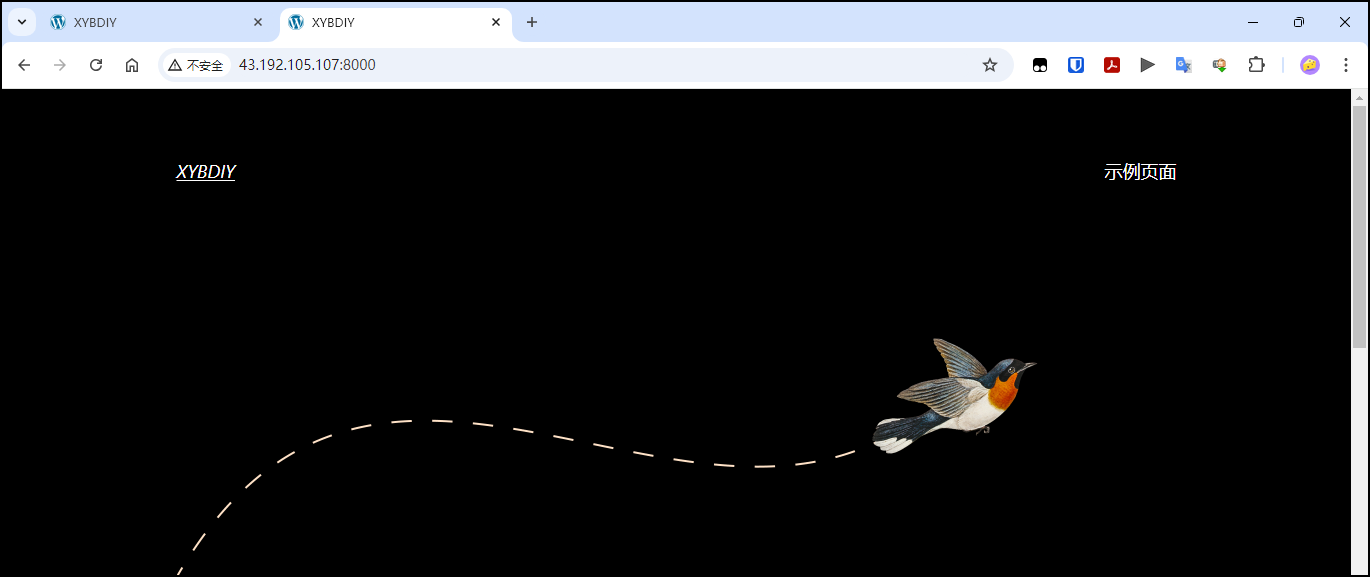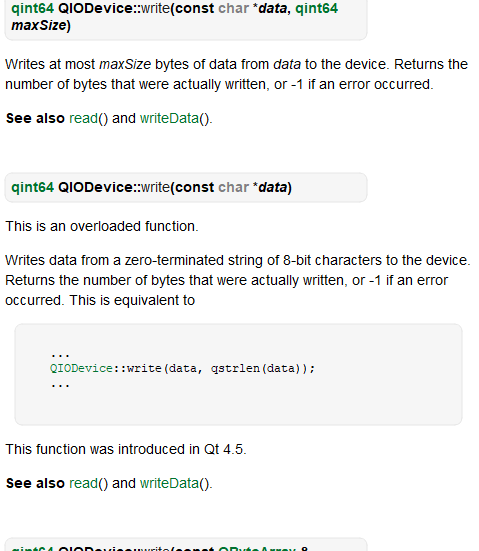1. OpenCV 舵机云台人脸追踪介绍
本项目内容和前面学习的云台追踪物体是一样的原理,只是这里把追踪物体修改成追踪人脸,在前面的内容中,我们已经学习了二维云台的物体追踪,理解了二维云台对物体追踪的PID控制模型,在本案例中,把物体追踪直接换成前面所学习的Haar分类器进行OpenCV二维云台人脸追踪,只需要把物体识别的代码换成 Haar 分类器识别人脸即可。
2.源程序代码
# 载入必要的库
import cv2
import numpy as np
from adafruit_servokit import ServoKit
import time
kit = ServoKit(channels=16)
pan = 90
tilt = 90
# 初始化位置
kit.servo[0].angle=pan
kit.servo[1].angle=tilt
# 线程函数操作库
import threading # 线程
import ctypes
import inspect
# 线程结束代码
def _async_raise(tid, exctype):
tid = ctypes.c_long(tid)
if not inspect.isclass(exctype):
exctype = type(exctype)
res = ctypes.pythonapi.PyThreadState_SetAsyncExc(tid, ctypes.py_object(exctype))
if res == 0:
raise ValueError("invalid thread id")
elif res != 1:
ctypes.pythonapi.PyThreadState_SetAsyncExc(tid, None)
raise SystemError("PyThreadState_SetAsyncExc failed")
def stop_thread(thread):
_async_raise(thread.ident, SystemExit)
def bgr8_to_jpeg(value, quality=75):
return bytes(cv2.imencode('.jpg', value)[1])
import traitlets
import ipywidgets.widgets as widgets
from IPython.display import display
frame_img = widgets.Image(format='jpeg', width=320, height=240)
display(frame_img)
import libcamera
from picamera2 import Picamera2
picamera = Picamera2()
config = picamera.create_preview_configuration(main={"format": 'RGB888', "size": (320, 240)},
raw={"format": "SRGGB12", "size": (1920, 1080)})
config["transform"] = libcamera.Transform(hflip=0, vflip=1)
picamera.configure(config)
picamera.start()
dispW = 320
dispH = 240
# 载入人脸和眼睛的HAAR 模型
face_cascade = cv2.CascadeClassifier('./images/haarcascade_frontalface_default.xml')
eye_cascade = cv2.CascadeClassifier('./images/haarcascade_eye.xml')
def Video_display():
global pan
global tilt
while True:
frame = picamera.capture_array()
gray = cv2.cvtColor(frame,cv2.COLOR_BGR2GRAY)
faces = face_cascade.detectMultiScale(gray,1.3,5)
for(x,y,w,h) in faces:
cv2.rectangle(frame,(x,y),(x+w,y+h),(0,0,255),2)
Xcent = x + w/2
Ycent = y + h/2
errorPan = Xcent - dispW/2
errorTilt = Ycent - dispH/2
if abs(errorPan)>15:
pan=pan-errorPan/50
if abs(errorTilt)>15:
tilt=tilt-errorTilt/50
if pan > 180:
pan = 180
print("Pan out of Range")
if pan < 0:
pan = 0
print("pan Out of Range")
if tilt > 180:
tilt = 180
print("Pan out of Range")
if tilt < 0:
tilt = 0
print("pan Out of Range")
kit.servo[0].angle=180-pan
kit.servo[1].angle=180-tilt
roi_gray = gray[y:y+h, x:x+w]
roi_color = frame[y:y+h, x:x+w]
eyes = eye_cascade.detectMultiScale(roi_gray)
for (ex,ey,ew,eh) in eyes:
cv2.rectangle(roi_color,(ex,ey),(ex+ew,ey+eh),(0,255,0),2)
frame_img.value = bgr8_to_jpeg(frame)
cap.release()
# 开始线程
t = threading.Thread(target=Video_display)
t.setDaemon(True)
t.start()
# 结束线程
stop_thread(t)



















